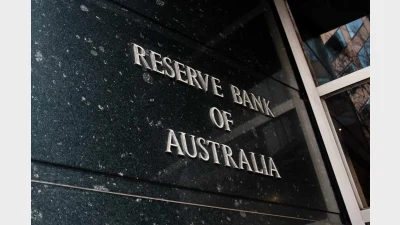Making funds transparent on insurance premium rises


Group insurance roundtable
Part 1: New data rules forge missing link between insurance and super
Part 2: Can MySuper timeframes actually be met?
Part 3: The search for common standards on terminology and data
Part 4: Stronger Super - auto-consolidation or auto-confiscation?
Part 5: The post-election prospects for Stronger Super
Part 6: The outlook for group insurance
Part 7: Making funds transparent on insurance premium rises
A Super Review roundtable considers the need for greater transparency around increases in insurance premiums.
Mike Taylor, managing editor, Super Review: So is it a question of the funds being transparent in the materials they distribute to members?
I was looking at the way a couple of funds this week were telegraphing their premium rises to their members. One was very transparent, you couldn’t miss the fact that they were going up.
The other was incredibly gobbledegook, of which I was in all admiration as a person who writes a bit. I thought, crikey, I wish I could be that convincing.
So what I’m saying is, is it simply a case that everybody can read an investment return, positive or negative, but unless the funds are actually up front about premiums going up by, in one case, 48 per cent, unless the members actually see the 48 per cent figure, they’re being left in the dark?
Jeff Scott, executive manager, business growth services, CommInsure: I reckon that most members do not compare the premiums that they were charged last year versus the premiums they were charged this year for the exact same level of cover.
The majority of them will though look at their investment balance this year versus their contributions and investment balance that they had.
Adam Kirk, general manager, distribution, Australian Ethical: Yeah, I completely agree with that.
Jeff Scott, CommInsure: And with that being the case – even though the trustees may take a conscious effort to ensure they get the best premiums for their members – I don’t believe that there is a focus yet on the member side of things that actually takes a personal interest in the level of premiums that they’re paying on behalf of the cover they’re getting within their super fund.
Adam Kirk, Australian Ethical: We in some respects need to take on a role in educating the members to look at the total cost of their superannuation portfolio and what they’re getting out of it. And also look at the relationship between the fees and the returns, because there seems to be a disconnect there as well.
Mike Taylor, Super Review: Well ladies and gentlemen, thank you very much, it’s been pretty interesting actually.
I think Stronger Super is going to be an interesting game to play out in the political context. I’m fascinated to see where it ultimately goes because it’s not often you get a major policy still on foot in the middle of an election campaign. So thank you very much.
Recommended for you
High risk, high return assets will become dangerous options for superannuation funds under the Federal Government’s planned $3 million superannuation changes, writes Brad Twentyman.
Economic policy can no longer ignore the macroeconomic impacts of Australia's superannuation system and the emerging policy implications, writes Tim Toohey.
In an age where climate concerns and social consciousness dominate headlines, it’s no surprise that investors are increasingly seeking investments that align with their values, writes Simon O’Connor.
How profit-for-member superannuation funds can embed 'commerciality with a heart' and marry a member-first culture with commercial outcomes.













